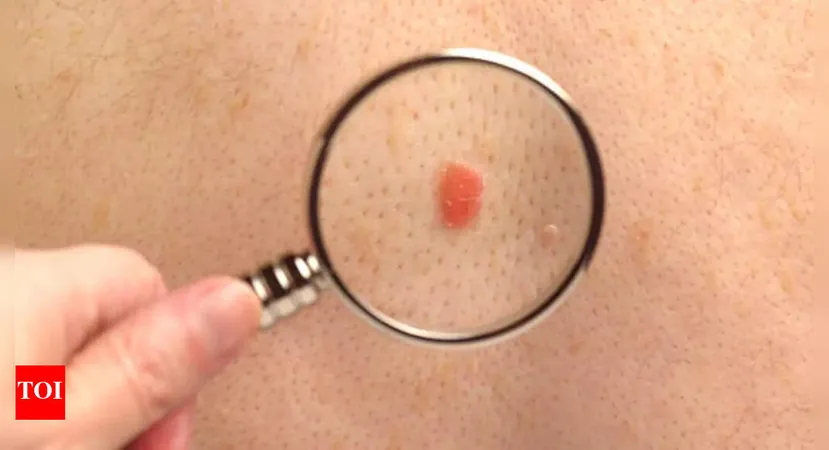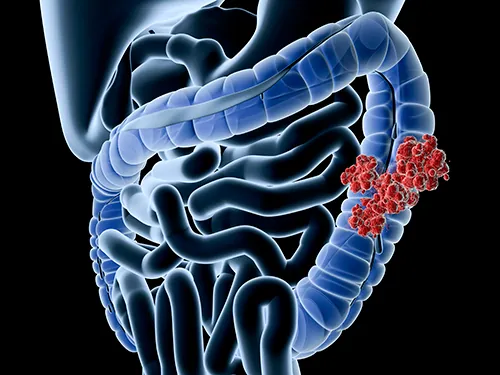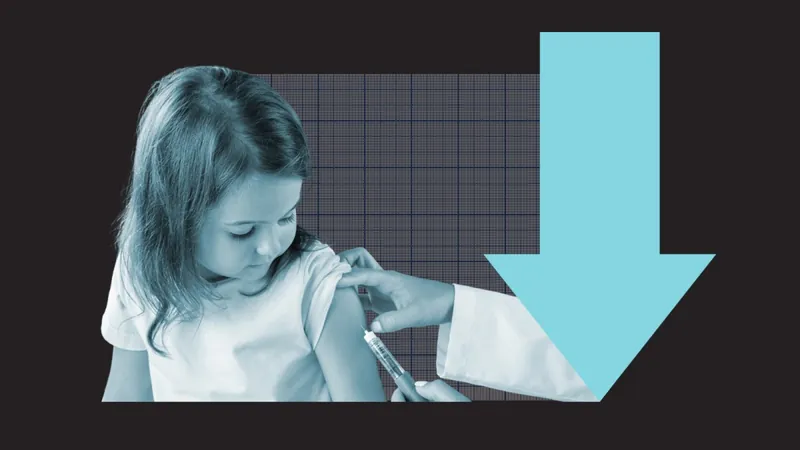
9 Skin Cancer Symptoms You MUST Not Ignore: Expert Dermatologist Reveals Critical Signs
2025-08-25
Author: Ming
Skin cancer is alarmingly prevalent in the United States, with around 9,500 new cases diagnosed every single day! The primary culprit? Overexposure to UV radiation from the sun or tanning beds. Tragically, this form of cancer claims nearly two American lives every hour. As summer winds down, it’s crucial to stay vigilant about your skin health.
Dr. Asha Patel, a board-certified dermatologist, emphasizes the importance of monthly self-examinations to catch any alarming changes early. Her advice? Utilize the handy 'ABCDE' method to identify the warning signs of skin cancer.
Understanding the Types of Skin Cancer
There are three main types of skin cancer to be aware of: 1. **Basal Cell Carcinoma (BCC)**: This is the most common type, appearing as small, pearly, or flesh-colored bumps, or reddish-pink scaly patches. 2. **Squamous Cell Carcinoma (SCC)**: These lesions can be rough, red patches or firm pink bumps found on the skin's upper layer. 3. **Melanoma**: The deadliest form of skin cancer, characterized by dark, uneven spots or pinkish lumps that can vary in color.
Where to Check for Skin Cancer Signs
When performing your skin check, don’t forget these critical areas: scalp, genital region, palms, between fingers, under fingernails, and beneath breasts. Remember the 'ABCDE' strategy:
- **Asymmetry**: One half of the mole looks different from the other. - **Border**: Edges are irregular or notched. - **Color**: Variations from your other moles or multiple colors in one spot. - **Diameter**: Larger than 1/4 inch, about the size of a pencil eraser. - **Evolving**: Any changes in size, shape, or color over time.
Signs of Skin Cancer You Should NEVER Ignore
Keep an eye out for these alarming signs:
- Non-healing sores, or lesions that reopen after healing.
- Persistent dry patches that resist moisturizers, particularly on sun-exposed areas like the face or chest.
- Rapidly growing lumps or bumps that might be painful.
- Wart-like growths that may also cause discomfort.
- Pigmented lesions that show asymmetry or irregular borders.
- Changes in nail pigmentation such as dark streaks.
- Any itchy, sore, or bleeding skin that doesn’t improve.
- Rarely, widespread skin conditions resembling eczema that resist treatment may also indicate skin cancer.
Dr. Patel underscores that early detection is vital, especially for those at higher risk, including individuals with personal or family histories of skin cancer. Conducting monthly self-exams could save your life—don't wait until it's too late!




 Brasil (PT)
Brasil (PT)
 Canada (EN)
Canada (EN)
 Chile (ES)
Chile (ES)
 Česko (CS)
Česko (CS)
 대한민국 (KO)
대한민국 (KO)
 España (ES)
España (ES)
 France (FR)
France (FR)
 Hong Kong (EN)
Hong Kong (EN)
 Italia (IT)
Italia (IT)
 日本 (JA)
日本 (JA)
 Magyarország (HU)
Magyarország (HU)
 Norge (NO)
Norge (NO)
 Polska (PL)
Polska (PL)
 Schweiz (DE)
Schweiz (DE)
 Singapore (EN)
Singapore (EN)
 Sverige (SV)
Sverige (SV)
 Suomi (FI)
Suomi (FI)
 Türkiye (TR)
Türkiye (TR)
 الإمارات العربية المتحدة (AR)
الإمارات العربية المتحدة (AR)